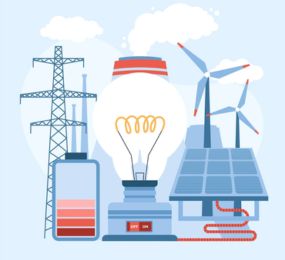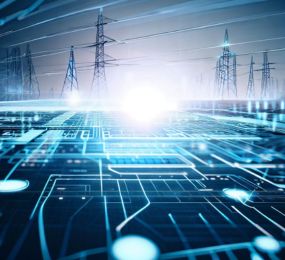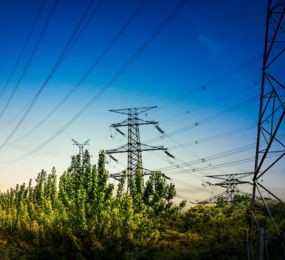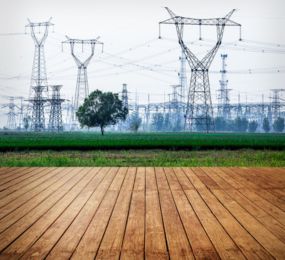In today’ world of digital transformation, the integration of the Internet of Things (IoT) and sensor networks is redefining the way we monitor and manage power grids. This convergence of technology is playing a pivotal role in enhancing grid reliability, efficiency, and sustainability by providing real-time data, predictive analytics, and unprecedented insights into grid operations.
Real-Time Data Collection
One of the fundamental contributions of IoT and sensor networks to grid monitoring is the ability to collect real-time data from various grid assets. Sensors installed throughout the grid, from substations to power lines, continuously gather information on voltage, current, temperature, and other critical parameters. This data is transmitted in real time to central control centers, allowing grid operators to monitor the health of the grid with unmatched precision.
Predictive Analytics for Grid Health
IoT and sensor networks enable predictive analytics, a game-changer for grid management. By analyzing historical and real-time data, machine learning algorithms can predict potential faults or disturbances in the grid before they occur. This proactive approach allows operators to take preventive measures, reducing downtime and minimizing the impact of disruptions on consumers.
Improved Fault Detection and Response
Grid reliability is significantly enhanced with IoT and sensor networks. In the event of a fault, these systems provide rapid fault detection and pinpoint its location with precision. This allows for quicker response times, reducing outage durations and improving overall grid performance. Additionally, automated alerts ensure that grid operators are notified promptly, further expediting the response.
Energy Efficiency and Load Balancing
IoT and sensor networks play a crucial role in optimizing energy distribution. By continuously monitoring grid conditions and consumer demand, these technologies enable dynamic load balancing. Grid operators can adjust energy flows, reroute power, and optimize the allocation of resources in real-time, reducing energy wastage and ensuring efficient energy use.
Asset Management and Maintenance
Grid assets, such as transformers and substations, require regular maintenance to ensure optimal performance. IoT and sensor networks provide a wealth of data on the condition of these assets. Predictive maintenance algorithms can analyze this data to predict when maintenance is needed, minimizing downtime and extending the lifespan of critical grid infrastructure.
Enhanced Grid Security
Grid security is a top priority, especially in the face of cyber threats. IoT and sensor networks contribute to grid security by continuously monitoring for unusual or unauthorized access to grid infrastructure. Real-time alerts can notify operators of potential security breaches, allowing for rapid response and mitigation.
The integration of IoT and sensor networks into grid monitoring is reshaping the power industry. These technologies provide grid operators with unprecedented visibility, predictive capabilities, and real-time control over grid operations. As IoT and sensor networks continue to evolve, we can anticipate even greater advancements in grid reliability, efficiency, and sustainability.
Visit our website to register and secure your spot today! click here: https://bit.ly/3peklYc
For more information and group participation, contact us: [email protected]
















